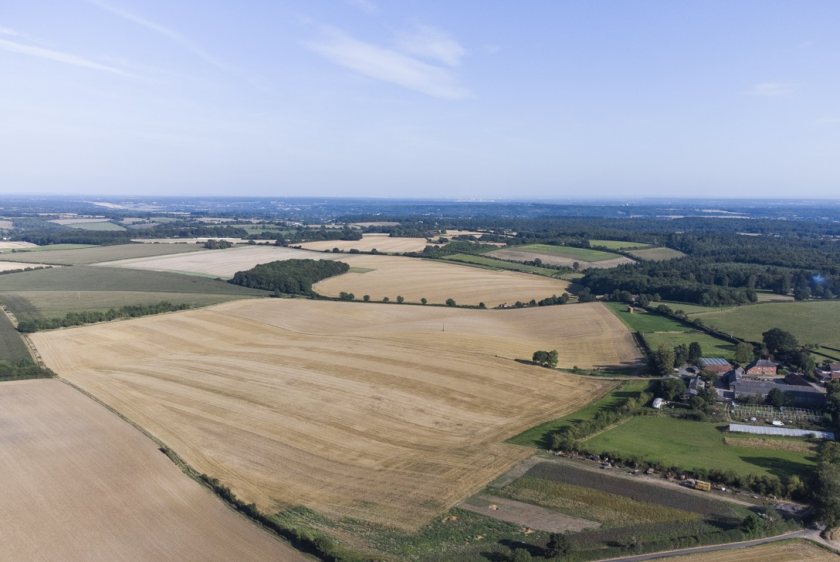
New market data for land values in England and Wales has reflected an improved sentiment from buyers, with growth accelerating noticeably during the past 12 months.
Carter Jonas’ Farmland Market Update shows that arable land increased by 4.5% during 2021 – its fastest growth rate since 2016 – reaching £8,833 per acre.
Pasture also recorded a strong rate of growth, at 6.2% over the year, with the average land value reaching £7,161 per acre.
This marks a significant turnaround compared with 2020, when average values fell by 1.3%. Last year saw low quality pastureland rise in value by an average of 9.5%.
The data shows that there were 64,000 acres publicly marketed in 2021, which is nearly identical to the 2020 figure but well below the 10-year average of 138,000 acres per annum.
However, Carter Jonas says this figure should be treated with caution as a significant quantity of farmland and rural property is being sold privately.
The agent's head of farm agency, Andrew Chandler said: “Wealthy private individuals are particularly active at the moment, and we are also seeing no drop off in interest from those looking to make strategic purchases.
“Looking ahead we expect more institutions to return to investing in land during these uncertain times," he added.
"With volatility on the global markets and inflationary pressures, history shows that there is typically an incentive to buy land and other real assets for the security they offer investors."
Carter Jonas says it has observed the emergence of a new type of buyer in recent months, with an interest in farmland for the public good it facilitates, rather than simply in its farming potential.
Looking ahead, the roll-out of new policy changes in 2022 will focus the minds of sole farming operators over potential income loss and lower profitability, pushing them to assess their position and consider restructuring or diversifying.
The agent explains that the phase-out of BPS entitlements will expose those mid-scale farming enterprises which have been unable, or unwilling, to adapt to the changing subsidy regime.
Mr Chandler said: "We may therefore see more of these types of holdings come to the marketplace in 2022.
“Supply is expected to rise modestly for the rest of this year, but it will still take time for the market to return to balance, given the low levels of new stock seen over the last two years.
"Supply remains constrained across much of England and Wales and, with demand strengthening, we expect further upward pressure on land values during the year.”
